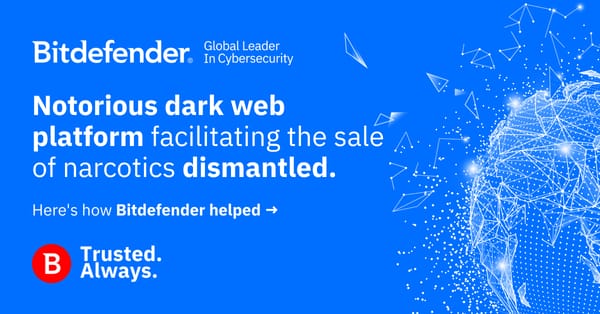The Dark Web: not as dark as you might think, some researchers claim

If you”re looking for an under-21 fake ID, child porn, drugs, tips to cook meth or a hitman, the dark web might just be your best friend. But might it not be so dark, after all? A controversial report claims a lot of fiction may give the onionland an unfairly bad rep.
After analyzing 400 random URLs in an automated crawler that scraped information, Terbium Labs says “the majority of the dark web contains perfectly legal content,” mostly porn- and drug- related. The analysis of dark web activity challenges common beliefs that it is mainly a place for criminals to pursue their hidden desires.
“These Tor Hidden Services play host to Facebook, European graphic design firms, Scandinavian political parties, personal blogs about security, and forums to discuss privacy, technology, even erectile dysfunction. Anonymity does not equate criminality, merely a desire for privacy,” Terbium Labs says.
Here”s what they actually found: many URLs are related to pornography but not all illegal, drugs and pharmaceuticals are also popular (56%), fraud comes third and extremism has only a small share of the content.
In their view, legal is defined as an “activity or discussion that was not explicitly illegal,” while a page is legal “if the content on the page was legal, even if the broader site may have contained illegal information, goods, or services.” Based on this argument, the team concluded the content on the dark web is mostly legal. “We hate to break it to you: the dark web is mostly legal. Legal content comprises 53.4% of all domains and 54.5% of all URLs in our sample,” reads the report.
400 URLS are not enough to claim the dark web is a fun land where only a small percentage of ongoing activity is illegal. Many disturbing stories come out of the dark web about deviant human behavior like sexualized torture and killing of animals or crowdfunded assassinations. Let”s take a minute to remember the criminal activity bliss behind the infamous Silk Road or the Playpen case.
A study by the University of Portsmouth in 2014 contradicts Terbium Labs” research, having already revealed that the most common content searched for on Tor is related to child pornography, black markets that mediate transactions for illegal drugs, software exploits and guns, botnet operations, whistleblowing sites, Bitcoin and money laundering services and fraud. A more recent study from February 2016 confirms the previous research and adds that hacking groups sell their services to arrange attacks on banks and financial institutions.
Researchers find it difficult to establish how many visitors are actual people and how many are automated crawlers run by law enforcement.
“Without knowing how many sites disappeared before looking at them, it’s impossible to know what percentage of fetches went to abuse sites,” said for BBC Roger Dingledine, one of Tor”s original developers. “There are important uses for hidden services, such as when human rights activists use them to access Facebook or to blog anonymously. These uses for hidden services are new and have great potential.”
tags
Author
After having addressed topics such as NFC, startups, and tech innovation, she has now shifted focus to internet security, with a keen interest in smart homes and IoT threats.
View all postsRight now Top posts
Torrents with Pirated TV Shows Used to Push Lumma Stealer Malware
November 14, 2024
What Key Cyberthreats Do Small Businesses Face?
September 06, 2024
FOLLOW US ON SOCIAL MEDIA
You might also like
Bookmarks








